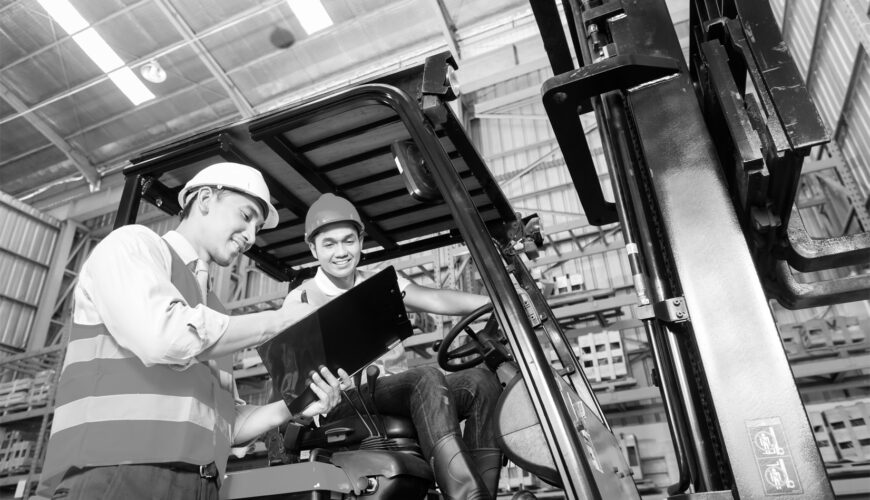The Industrial Truck Association (ITA) recently held its 10th annual National Forklift Safety Day, convening as a group in Washington, DC, to highlight recommendations from a panel of government and industry experts. While the number of forklifts sold in North American warehouses and manufacturing plants dropped slightly from 2021 to 2022, manufacturers still sold a combined 340,000 trucks last year. With the high rate of labor turnover, that means many inexperienced drivers are at the helm of the machines, placing a bigger emphasis on the need for safety.
National Emphasis On Forklift Safety
Input from an OSHA representative included the fact that the agency will be rolling out a “national emphasis” program focused on warehousing safety. Included in that program will be forklift operator safety, and safety around automated equipment. OSHA is also updating its voluntary protection programs (VPPs). These programs aim to establish cooperative relationships between the agency, management, and the workforce in workplaces with comprehensive safety and health programs in place.
Other panelists, including lift manufacturers, shared some of their comprehensive systems for addressing safe lift truck operations. These included modernized features on lift trucks, such as dynamic stability, object detection, and proximity detection. This can help lift trucks automatically slow when employees or objects are in their path, ideally preventing collisions and injuries.
Still other panelists addressed workplace culture elements that contribute to safer lift truck operations. Recommendations included improved leadership visibility, even on the warehouse floor. C-suite representatives who get on the floor and chat to lift truck operators about safety can make a meaningful contribution to a culture of safety. Employee engagement counts, too. When witnessing unsafe practices, employees should be encouraged to improve the safety of their environment by speaking up and reaching out to supervisors when they witness an incident.
Along those lines, having an established set of standardized processes that employees know and understand is helpful as well. Employers are wise to outline these processes in simple, brief terms so that employees can easily understand expectations about lift truck safety. Additionally, offering extra safety training and certification helps workers advance in their jobs, as well as improve safety records. The lift truck operators become more invested in safety, and when coupled with investigations into incidents, the whole team can be part of solutions. Leaders should reward safe practices, and hold themselves accountable for the team’s safety record, as well.
OSHA estimates place forklift incidents between 35,000 and 62,000 per year. The most common include collisions between the lift trucks and pedestrians in their path, followed by entry/exit incidents, and finally, falling loads. Lift truck safety is no joke. By following basic policies and procedures like those outlined by the panel, you can stay one step ahead of accidents.
Contact OPSdesign today to learn more about OSHA’s forklift safety programs, and National Forklift Safety Day.


